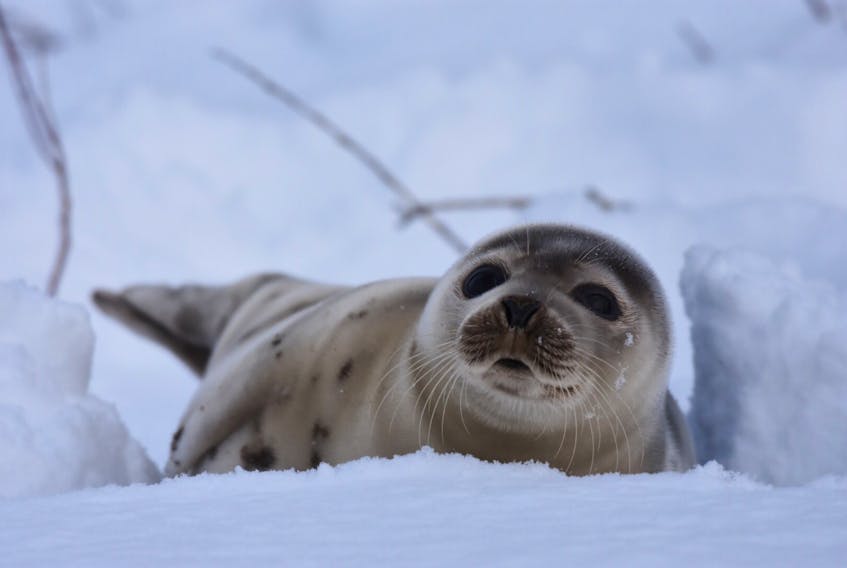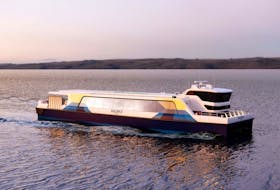Dear editor,
I would like to add my voice to those that disclaim the recent information provided by DFO’s (Department of Fisheries and Oceans) Dr. G. Stenson (In “The cull question: Part I”, published in the Jan. 16 edition of The Central Voice).
Seals have destroyed our fisheries in Atlantic Canada and particularly that in Newfoundland and Labrador. The poor condition of harp seals in terms of age, previously measured body mass and survivability of pups, is a direct result of the seal population reaching a threshold capacity level. They are finding it more difficult to find fish (all species) to eat. Thus the recent influx in fresh water river systems — this is not their natural habitat and they are there to consume any fresh water species that might be available (salmon, trout, eels, etc.).
We have had a cod moratorium for 26 years, our commercial salmon fishery has been closed for the same period. We have done our best through conservation measures, ecosystem friendly fishing gear, closure dates during spawning etc.
Commercial fishing in Newfoundland and Labrador with current quotas is not having much of an impact on the overall ocean ecosystem. The amount being fished is so small in comparison to the 7.4 million plus (DFO data 2013-14) and the other two million made up of five other species of seals. Using the 1994 data provided by DFO in the article, harp seals at that time were consuming 445,000 MTs of capelin and 54,000 MTs of Atlantic Cod. At that time there was zero allocation for commercial northern cod and a capelin quota of less than 30,000 MTs. The simple math on seal consumption that is based on biology of the animal and accepted by science is it requires five per cent of its body weight per day. So given a conservative 10 lbs of fish (any specie) that would account to 74 million lbs of seafood per day by harp seals alone. The impact on the ecosystem cannot be overlooked.
To counter Dr. Stenson’s comments on harp seal short residency in N.L. waters, they are documented to be around all year and if they do go north to Labrador or Greenland, they still eat fish. Regarding his comment on ice coverage, there has been no lack of ice in Northern Newfoundland and Labrador in recent memory. This year, like last shows early and thick ice coverage in Labrador where the seal give birth.
I commend the recent science that was completed on grey seal and Gulf cod. A study which looked at 10 possible hypothesis for decline of Gulf cod and concluded that it was not a result of warming oceans, lack of food, etc., but because of the consumption by seals. It is difficult to comprehend that DFO science will dispute the correlation to our fishery impact, when we have a hap seal population more than 15 times the number of grey seals.
I commend the recent science that was completed on grey seal and Gulf cod. A study which looked at 10 possible hypothesis for decline of Gulf cod and concluded that it was not a result of warming oceans, lack of food, etc., but because of the consumption by seals.
We have had a cod moratorium for 26 years, our commercial salmon fishery has been closed for the same period. We have done our best through conservation measures, ecosystem friendly fishing gear, closure dates during spawning etc. Atlantic salmon are on the endangered specie list and in a desperate situation and northern cod are still classified as a threatened specie. No quick recovery is expected for either and our shellfish stocks are depleted, even with significant quota reductions.
In conclusion, we should look at our international neighbors, those that continue to have strong commercial fisheries and face similar problems of warming oceans, over fishing etc. These countries continue to have very strong commercial fishing industries for all species, the only difference being they have very little to no seal populations at all. They have taken the necessary action over the years to control the seal numbers and continue to do so.
Bob Hardy
Conception Bay South









